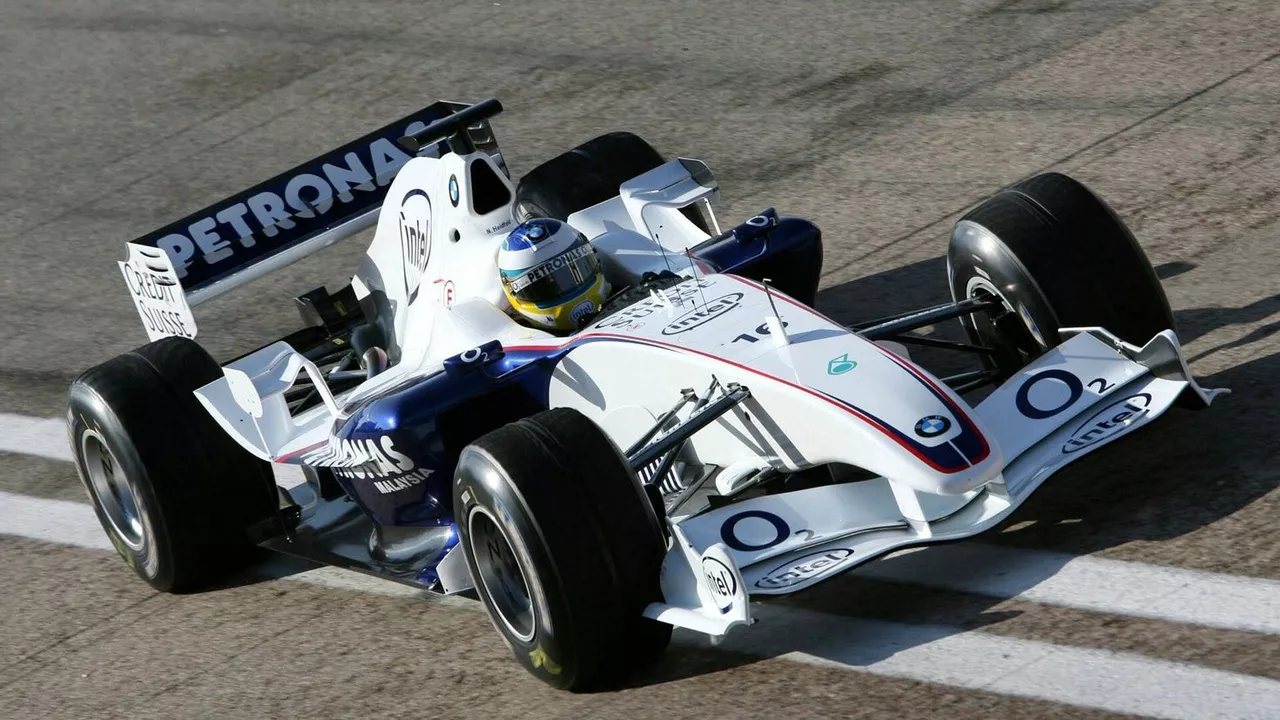The Glitz and Glamour of Formula 1
I remember once during a lazy Sunday afternoon, Lila, my spouse, and I were on the couch, engaged in one of our usual television channel fights. We rarely come to a consensus, but it just happened that we stumbled upon a Formula 1 Grand Prix replay. Lila was ready to flip the channel, but I held on, fascinated by the speed, the sound of the engines, and the exhilaration that comes with motor racing. That day, my interest in Formula 1 started, and why it's more popular than MotoGP became apparent.
One of the most noticeable elements of Formula 1 is the glam and glitz that accompanies it, making it more appealing than MotoGP. F1 is often associated with opulence, from the well-groomed drivers, the luxury cars they race, the fashion-forward audience, to the yachts in Monaco's marina. The sport reels in A-list celebrities making it a spectacle, and a race weekend feels more like a grand event rather than a mere sporting competition. This creates a distinguished image that attracts a larger and wealthier audience.
Let's contrast this with MotoGP. Riders wear a uniform leather suit, and the spectators are regular enthusiasts. Not that there's anything wrong with this - I enjoy a hardcore raw motorsport experience, too. But they lack the polished elegance that F1 exudes. It's akin to comparing Coachella to a local music festival. Both have their charms, but let's be honest, the glamour and exclusivity surrounding F1 is hard to resist.
The Sophistication of F1 Tech
I’ve always been a tech enthusiast. Fun fact: Lila always rolls her eyes when I start talking about the latest advancements in technology, which I find incredibly fascinating. And if you’re a tech lover like me, watching a Formula 1 race is like witnessing a swarm of angry mechanical bees zoom past you. The technology involved in each car surpasses what you can find in most top-tier supercars out there.
F1 cars are technological marvels. Teams invest millions in designing these living-machine hybrids. They are fitted with the latest tech innovations - kinetic energy recovery systems, aerodynamic designs that could put a modern jet to shame, and engines that push the boundaries of performance. The research and development that goes into these machines is awe-inspiring, and it's this continuous push of engineering boundaries that keeps fans hooked.
MotoGP, on the other hand, doesn’t quite reach Formula 1's level of tech sophistication. Don't get me wrong, the bikes used in MotoGP are incredible beasts, but they’re simply not on the same footing as their F1 counterparts when it comes to innovations and the application of cutting-edge technology.
F1's Global Presence and Marketability
Another reason why Formula 1 is more popular is its global reach. Think about it – Formula 1 has a Grand Prix in practically every continent of the world. The F1 calendar is studded with world-class tracks in iconic cities, an aspect that combines travel, tourism and the thrill of racing.
Who wouldn't love to see the Monaco Grand Prix, with its tight corners and waterfront views, or experience the night lights of the Singapore Grand Prix? It's not just about the race – it's also about the location. These races become city-wide celebrations that take over the streets, making them not only sports events but cultural phenomena, introducing millions of people worldwide to the sport.
MotoGP, while also international, lacks the global presence and iconic locations of Formula 1. It's a sport that has its die-hard fans for sure, but it doesn't quite capture the mainstream attention the same way.
The Intense Competition and Rivalries in Formula 1
Lastly, let’s deal with the human aspect. F1 is driven by intense competition and jaw-dropping rivalries. There’s nothing like defending your favourite team or driver when you’re surrounded by a room full of F1 enthusiasts. The Schumacher vs Hakkinen debates I used to have with my buddies were legendary! Nowadays, it's Hamilton vs Verstappen, and I gotta say, nothing spices up a Sunday afternoon barbecue like an F1 tiff.
Each driver has a distinct personality and backstory that adds flavour to the sport. This human-drama paired with high-speed racing enhances viewer engagement. We follow their careers, cheer their wins, and feel the sting of their failures. This emotional connection isn’t as prevalent in MotoGP, making F1 a more engaging watch for many.
So, is F1 better than MotoGP? The answer depends on your personal taste. For some, the raw sense of danger and display of rider talent may make MotoGP more thrilling. For the rest, F1's combination of technical prowess, glamour, global spectacle, and driver rivalries may make it more appealing. This isn’t about downplaying MotoGP, it’s simply outlining why F1 has a more substantial fanbase. Either way, if it gets your adrenaline pumping, who am I to judge, right?
